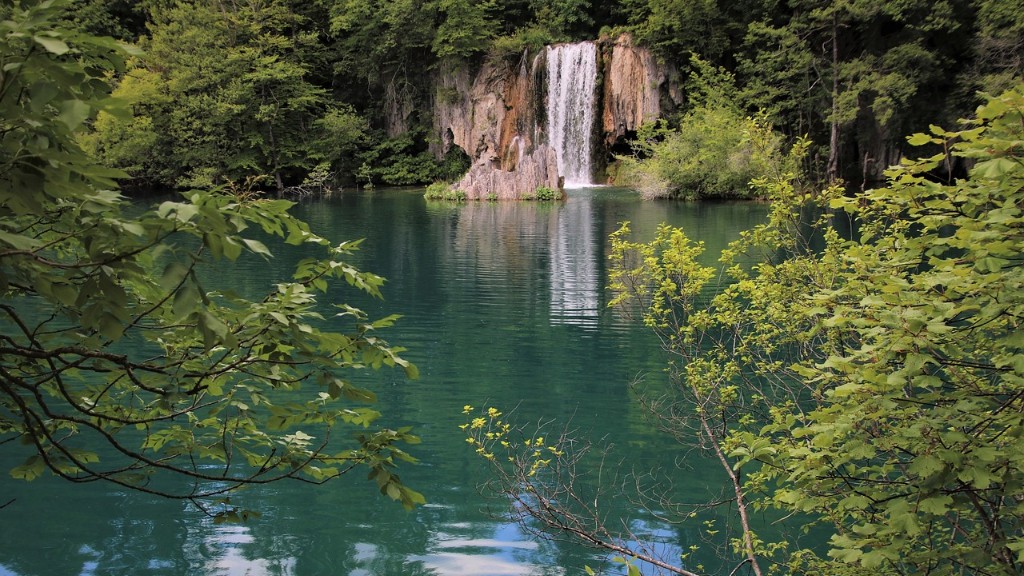What is the Mississippi River?
The Mississippi River is the most extensive river system in the United States and the fourth-longest river in the world. Originating in northern Minnesota, the Mississippi River passes through 10 states before draining into the Gulf of Mexico, forming the third largest estuary in the world. Historically, the Mississippi River has served as an important trade route, transportation corridor, and the source of fresh water for millions of people.
Does Mississippi River mix with the Gulf of Mexico?
The short answer is yes, the Mississippi River and the Gulf of Mexico do mix. While there are varying degrees of mixing, the two bodies of water interact with each other on a regular basis. This is mostly due to the roughly 400 miles of shallow streams that run between the two, which allow for their waters to mix. It is believed that a significant portion of the nutrients, sediment, and other materials from the Mississippi River end up in the Gulf of Mexico due to this mixing.
What Effects Does the Mixing Have?
The mixing of the Mississippi River and the Gulf of Mexico can have both positive and negative effects. For instance, the influx of nutrient-rich waters from the river can lead to increased plankton growth in the Gulf, which can in turn help to sustain larger fish populations. Additionally, the mixing helps to circulate cooler water from the north, which can aid in reducing the overall water temperature.
On the negative side, however, the mixing can lead to increased levels of pollutants and sediment in the Gulf. This can cause a number of ecological issues, such as disrupting the habitats of local wildlife or leading to dead zones, areas of oxygen-starved water that prevent species from surviving.
Can Anything Be Done to Reduce These Effects?
Yes, there are a few things that can be done to reduce the effects of the mixing of the Mississippi River and the Gulf of Mexico. For instance, it is possible to reduce the amount of pollutants entering the river by implementing better control measures for factories, sewage systems, and agricultural runoff. Governments can also fund research projects that focus on finding ways to reduce the negative impacts and bolster the positive impacts of the mixing.
Additionally, individual citizens and organizations can help by volunteering to clean up rivers, bayous, and marshlands, as well as reduce their personal water usage and be mindful of how their activities are impacting their local environment.
What About Natural Solutions?
Naturally, the Mississippi River and the Gulf of Mexico’s mixing are a part of their ecosystem and the larger global environment. Some experts believe that the key to reducing the negative impacts of the mixing is by utilizing natural solutions such as river restoration, wetland protection, and riverbank stabilization. These solutions can help to ensure that the Mississippi River is able to maintain its natural flow while also restoring and protecting vulnerable habitats.
What Are The Long-Term Implications?
The mixing of the Mississippi River and the Gulf of Mexico has long been a part of the larger global environment and has been identified as an integral part of the Gulf’s ecosystem. In addition to the benefits it brings to the local wildlife, the mixing also has implications for some of the world’s largest ocean bodies, such as the Atlantic and the Pacific. Therefore, it is essential that steps are taken to ensure the long-term health and stability of the Gulf and its surrounding areas.
What Are Some Other Steps We Can Take?
Aside from the natural solutions mentioned above, there are many other things that people can do to help protect the Mississippi River and the Gulf of Mexico. This includes choosing to purchase seafood that has been sustainably harvested, eating locally caught seafood, and avoiding seafood with high levels of contaminants. In addition, individuals can strive to reduce their own energy consumption by utilizing energy-efficient appliances, practicing energy conservation at home, and using public transportation.
How Can We Raise Awareness?
In order to raise awareness about the importance of protecting the Mississippi River and the Gulf of Mexico, one of the best methods is education. This can be done by sharing facts about the two bodies of water, how they interact with each other, and how people can help to protect them. Additionally, people can help to spread the word through social media, working with local and state governments to promote awareness campaigns, and promoting the use of green energy sources.


